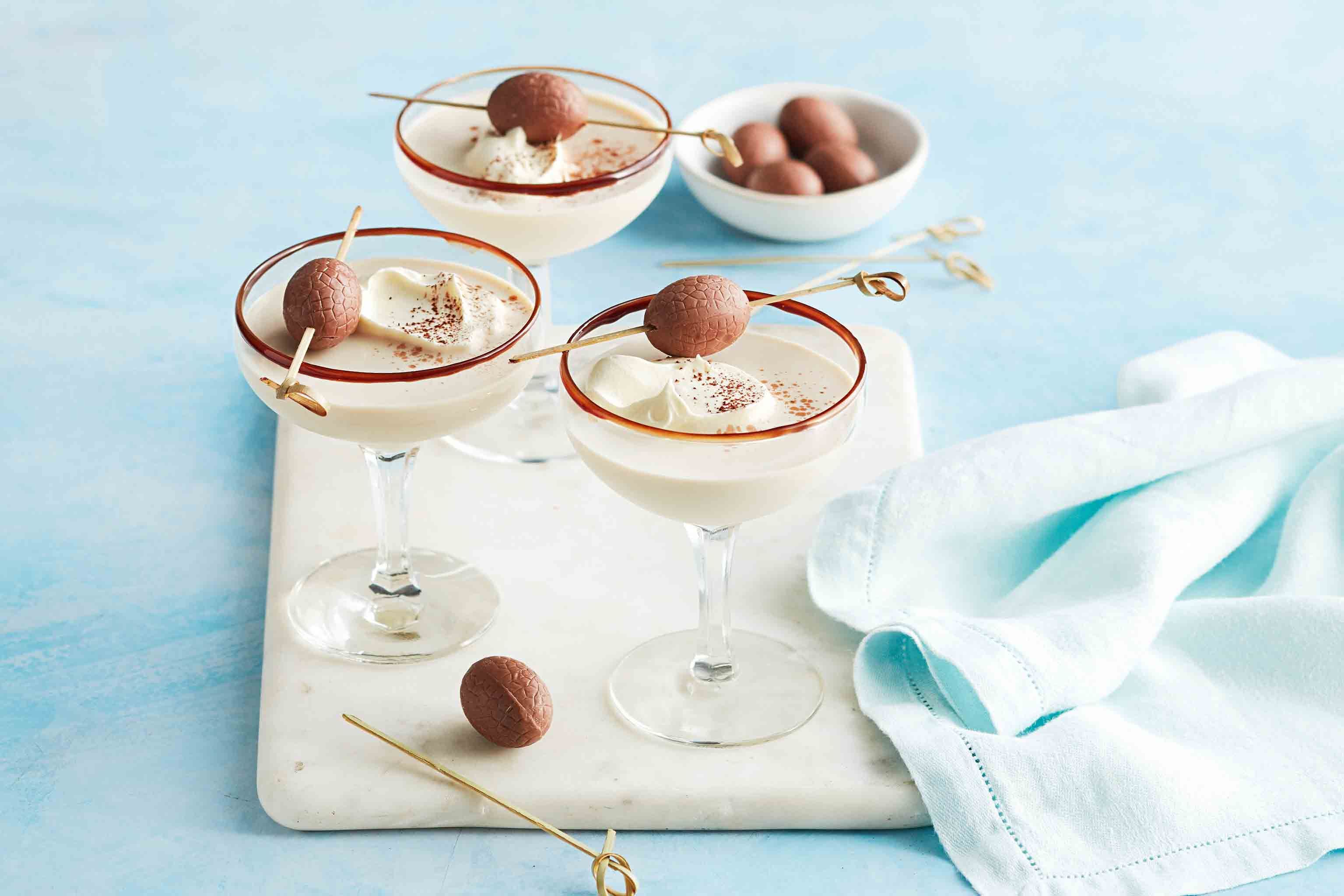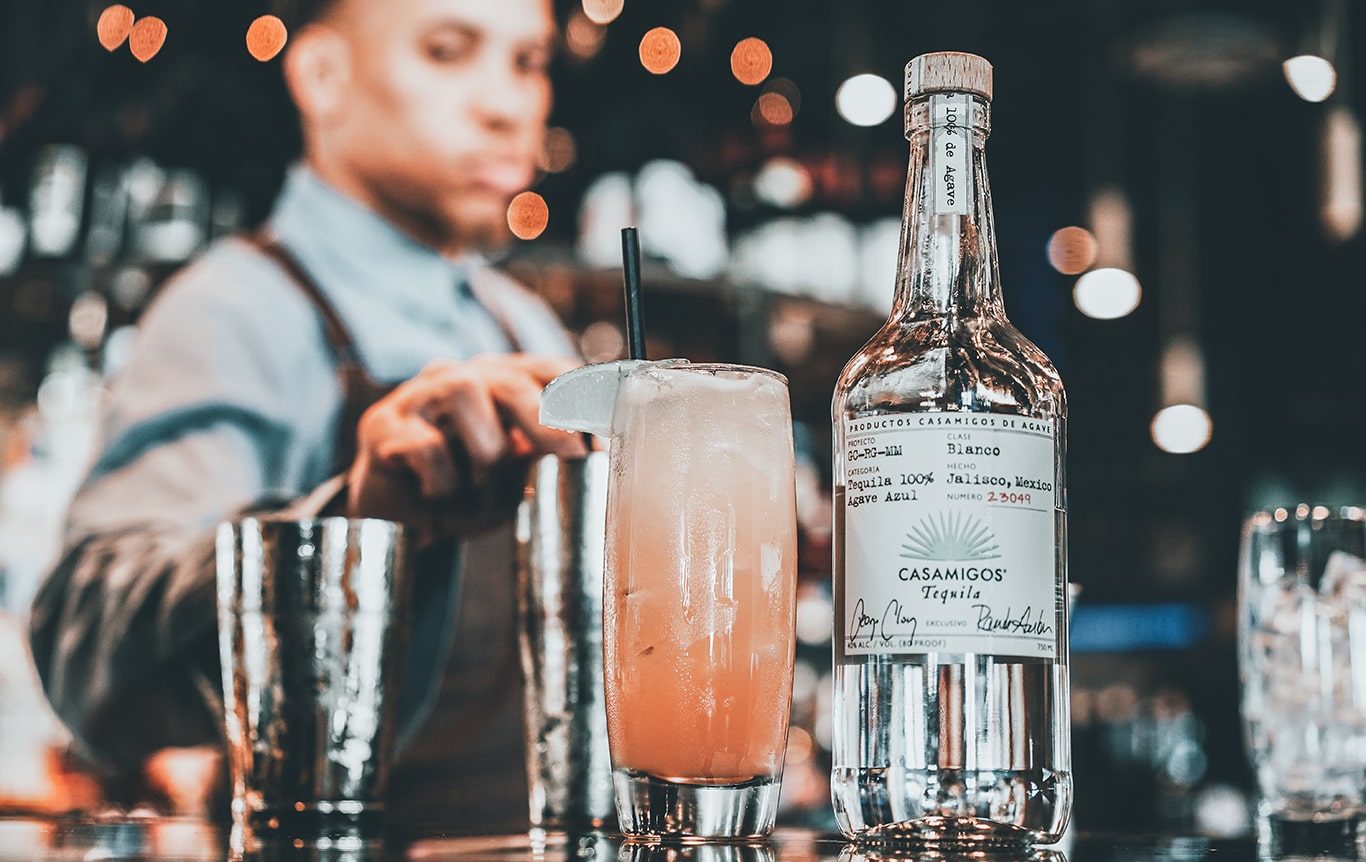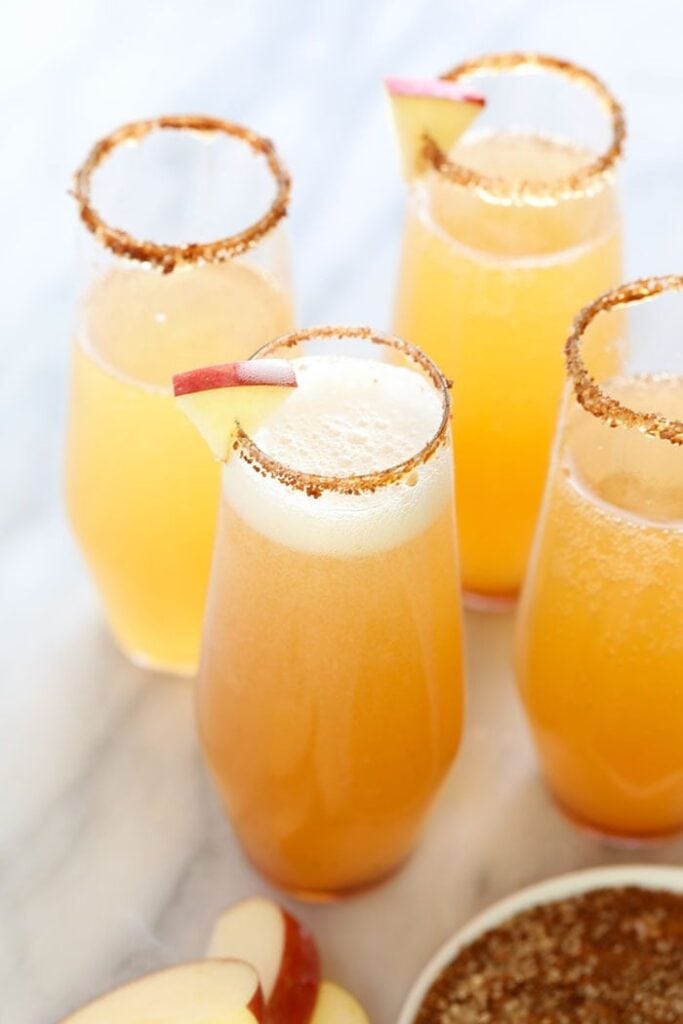
A bartender's success is dependent on their ability to understand bartender slang. Bartenders sometimes use funny or clever slang. Other terms are more serious. Bartenders will be able to communicate with customers using the correct terminology.
The term "shot" is often used in bartender slang for drinks that are served small. These "shots", which are often served without food, are most commonly served in small glasses. These shots are usually made with hard liquors like vodka or bourbon. Some shots are part of a drinking game. The drink is usually used as a quick way to get drunk. These drinks are usually served as part of a special occasion.
Chaser is a drink which is consumed after the shot has been taken. Originally, the term "chaser" meant to take a sip of a drink to help reduce the aftertaste. It also refers to a small amount.
In the 1800s, "taking shots" was a term that was used to denote taking a chance. In the mid-19th Century, "shots" was served in glasses and cups in taverns as well as coffeehouses. Today, "shots" are most commonly served in a game.

"Buy Back" is a drink that is complimentary to a patron. A regular customer often sends the drink to a bar, where the bartender makes the drink and sends it back to the customer. This is good because the bartender does not have to spend money making the drink.
It can mean anything you want. It can also refer to beer with a strong flavor, such gueuzes. It can also refer to beer that has not been filtered, such as American wild ales and Berliner weisses. It can also denote beer that has been aged such as lambics. These terms are extremely common among beer geeks.
"Speed rail liquors", which are labeled in a particular order, can be easily found on shelves. These liquors tend to be lower quality but still high in alcohol. Bourbon, vodka and rum are the most common liquors found on speed rail. These drinks are not considered top-of-the-line, but they are among the most ordered liquors.
A "spec", or cocktail recipe, is what you call a "spec". It can refer to a particular recipe, or it could simply be a description. It can also be used for describing the quantity of each ingredient within a cocktail.
A "drain pour" is a drink that is poured out of a bottle. Drinks that are "neat", or poured directly from the bottle into glass with no ice, would be called "drain pour". Dry drinks are those that have very little vermouth.

Bartenders use "Last call" lingo to describe drinks made directly from the bottles. A drink served "neat," would be at room temperature with no ice. Drinks that are served without ice are called "drinks".
A "behind stick" is used to describe the bartender who is behind the counter. It may have originated from wooden handles on beer taps. It is not a common term in bars.
FAQ
Why do people mix drinks?
Mixing drinks is an exciting way to discover new flavors. They can experiment with new flavors and make their own unique recipes.
What are the most common drinks a bartender should know?
The most important thing a bartender must learn is how to make a perfect cocktail. Mixing ingredients together is not enough. You must know what each ingredient does for you and why you choose it over another. A good bartender will know all of these things and use this knowledge to create a great drink.
How can I keep my drinks chilled?
Put them in the freezer for 20 minutes. This will fast chill them without diluting their drink.
Which is the most loved mixed drink?
Mixed drinks with alcohol and caffeine are the most popular. This means that they contain both stimulants and depressants.
Alcohol stimulates the central nervous system, which makes us feel more energetic. Caffeine increases energy levels, and can help you focus. These two substances have similar benefits and are often combined.
There are many reasons that we like to drink cocktails. Some drink them to relax and others for their soothing properties after a long work day.
No matter what your reason, these are three fantastic cocktail recipes you can create.
-
A classic Gin Martini
-
A vodka cranberry
-
A cup of Irish coffee
Can I freeze my drinks?
However, there are some things you should do. Label all bottles so you can identify which have been frozen. Do not fill your bottles with more than half. Otherwise, your drink might overflow or spill out of the bottle. Finally, if you plan on freezing your drinks, wait at least two hours after opening the bottle before you pour the contents into another container.
How can I make cocktails?
There's no single answer. You'll have to experiment until you find something that works for you.
When learning how to make cocktails, there are a few things you need to remember:
-
Citrus juice, orange juice and lemon juice are all common ingredients in many recipes. These ingredients are not always interchangeable.
-
Certain recipes may require certain types of glassware. Check out which glasses go with the type of beverage you prefer before buying anything.
-
Mixing cocktails is easier if you add ice first. Then, pour the liquid onto the ice.
-
Always shake thoroughly! Shaking the mixture will make it more flavorful.
-
Garnishes must be included! They are the glue that binds everything together.
-
Fresh herbs are best. Fresh herbs taste better than dried.
-
You can try different flavors. Different fruits, spices, and herbs make wonderful additions to your favorite beverages.
-
Try out different alcohols. There are many different kinds of spirits available. Each has its own unique flavor profile.
-
Mixing drinks is fun. Follow these simple rules and you will soon be creating delicious cocktails.
-
Finally, never hesitate to ask questions. Most restaurants and bars are willing to share their knowledge.
Statistics
- It is customary to leave a tip of 10-20% of the bill total. (boguesounddistillery.com)
- American blended whiskeys are so inexpensive because they only have to contain 20 percent whiskey; the rest can be made up of neutral grain spirits, colorings, and flavorings. (mashed.com)
- its content makes it 10.5%, which is far less than wine. (breakingtheboredom.com)
- If you choose one that's made with 100 percent agave (like Milagro or Sauza), you'll save a ton of money and still get a great-tasting drink. (mashed.com)
External Links
How To
How to make mixed beverages?
Mixed drinks are prepared from different ingredients such as spirits, juices, liqueurs, syrups, etc., which are combined together into one drink. Mixing liquors and water with ice is a way to make a cocktail. It is usually made with fresh fruit juice, lemonade, soda water, tonic water, ginger ale, club soda, beer, wine, or any other type of alcoholic beverage.
These are the most commonly used types of cocktails.
-
Margarita: A Mexican cocktail that includes tequila mixed with triple sec (or Cointreau), lemon juice, salt and lime juice.
-
Daiquiri is a Cuban cocktail that consists of rum, sugar and lime juice.
-
Mojito – A Cuban cocktail that consists primarily of mint leaves and some rum.
-
Gin and Tonic - A British cocktail consisting of gin and tonic.
-
Martini - A Martini is a cocktail that consists of vodka, vermouth, bitters and olive oil.
-
Whiskey sour - A whisky cocktail that consists of sweetened milk, lemon, and whiskey.
-
Sidecar is a French cocktail with orange juice, cognac, and grenadine.
-
Collins – A cocktail that consists of equal parts gin and fresh lemon juice.
-
Manhattan – This cocktail is made up of sweet vermouth rye whiskey, sweet maraschino cherry and angostura bitters.
-
White Russian – A cocktail that consists of vodka, Kahlua coffee liqueur and cream.
-
Brandy Alexander - A cocktail consisting of brandy, creme de cacao, heavy whipping cream, and chocolate syrup.